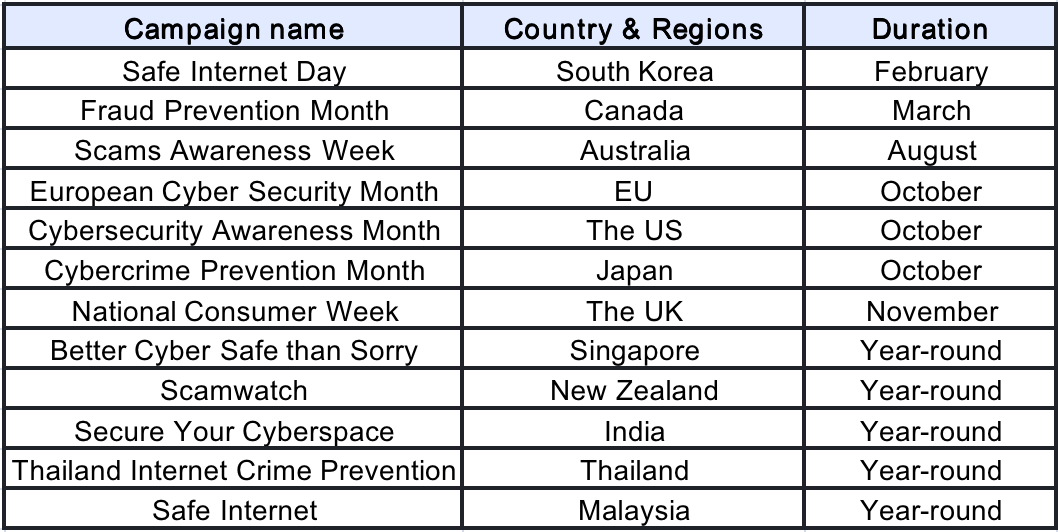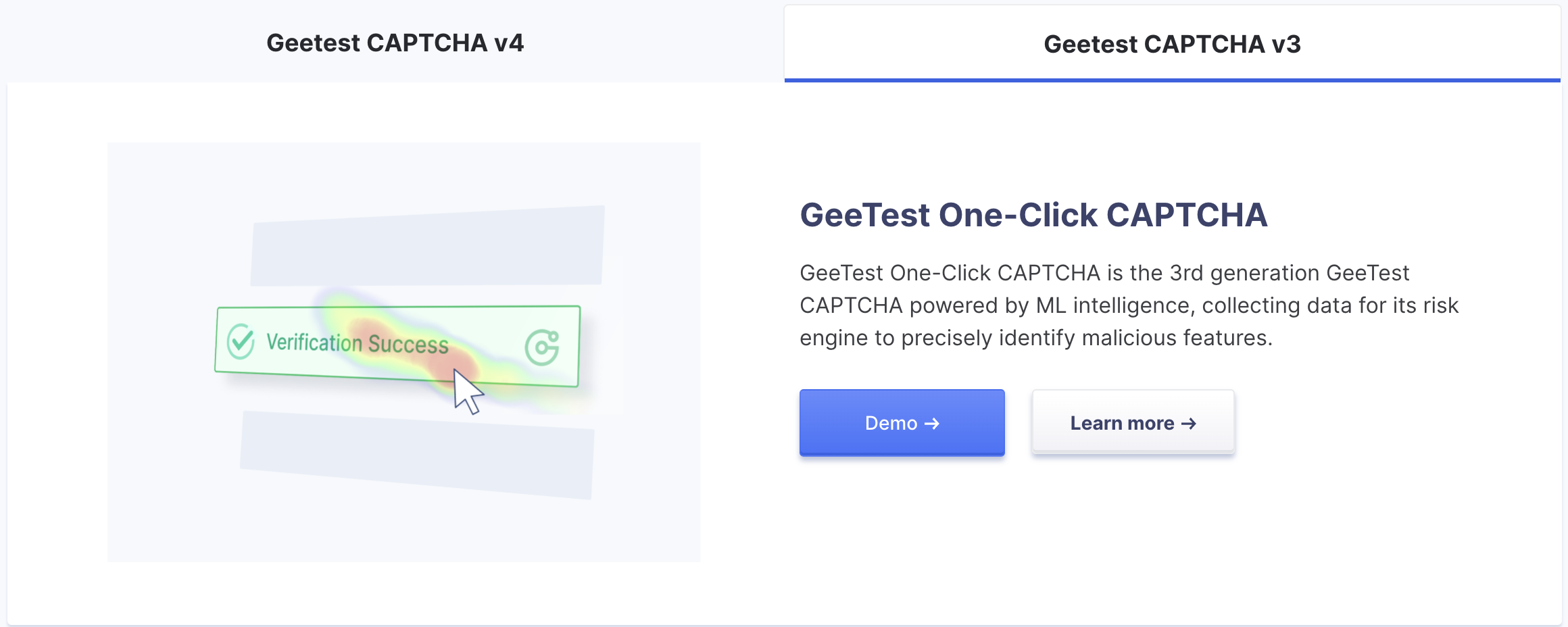Don't Be Fooled: A Comprehensive Guide to Fraud Prevention
15 Mar 2023 • 10 min read
Don't Be Fooled: A Comprehensive Guide to Fraud Prevention
15 Mar 2023 • 10 min read
March is Canada’s Fraud Prevention Month, an annual awareness campaign that aims to spread information about fraud techniques, such as scams and data theft, and to teach people to “recognize, reject, and report fraud.
If you take a closer look at today’s fraud, you’ll find that malicious bots play a significant role in fraud schemes. As per a report, bots account for up to 40% of worldwide online traffic. In this article, I’ll explore why fraud prevention matters for businesses and some best practices for businesses to adopt during fraud prevention.
Why Does Fraud Prevention Matter?
Actually, it's not just Canada. Fraud prevention is now raising the public’s awareness across the world. Governments and organizations launch campaigns year by year to draw people’s attention to fraud and promote measures to prevent it.
Fraud becomes a growing problem that affects businesses of all sizes and industries. According to a report by the Association of Certified Fraud Examiners, businesses lose an estimated 5% of their revenue to fraud each year. That’s because fraud can take many forms that make it harder for people to identify, such as identity theft, credit card fraud, and gift card cracking, where bots play a vital role. The consequences of fraud can be devastating, resulting in financial losses, damage to reputation, and loss of customer trust.
Fraud Prevention Around the World
Fraud is a global issue, affecting businesses and individuals worldwide. Governments and organizations around the world have recognized the importance of fraud prevention and have implemented various measures to combat this issue. There are several worldwide cyber awareness campaigns that take place throughout the year to promote cybersecurity and raise awareness of cyber threats. Here are some examples:

Fraud prevention around the world
Given the broad range of negative consequences associated with fraud, it is clear that prevention should be a top priority for businesses across all sectors.
Best Practices for Fraud Prevention
By adopting these practices and staying vigilant, individuals and organizations can help protect themselves against fraud and financial losses.
- Use CAPTCHA on High-Risk Pages: CAPTCHAs should be used on pages that are most vulnerable to fraud, such as login pages, registration pages, and checkout pages. By requiring users to solve a CAPTCHA, websites can verify that they are real users and prevent bots from carrying out fraudulent activities.
- Implement Multi-Factor Authentication: Multi-factor authentication (MFA) adds an extra layer of security by requiring users to provide additional authentication factors, such as a code sent to their mobile device or a fingerprint scan. MFA can help prevent unauthorized access and protect against identity theft.
- Monitor for Suspicious Activity: Websites should monitor their systems for suspicious activity, such as multiple failed login attempts, unusual transaction patterns, or unusual changes to account information. Early detection of suspicious activity can help prevent fraud and minimize the impact of a potential attack.
Combat Fraud with GeeTest
CAPTCHA can be particularly useful in preventing fraud by verifying that a user is human and not a bot. By using CAPTCHAs, websites and apps can prevent bots from performing automated actions, such as creating fake accounts, submitting spam, or conducting fraudulent transactions.
GeeTest helps websites and apps protect their users, offering a range of fraud prevention and security solutions that companies can use to protect their online assets.


Behaviour analysis is another vital tool in the GeeTest fraud prevention toolkit. By analyzing user behaviour patterns, we can identify unusual activity that may be indicative of fraud, such as multiple failed login attempts or unusual transaction patterns. By detecting and blocking these suspicious activities early on, websites and apps can prevent fraud at the very beginning and protect their customers' credential information.
Plus, GeeTest dashboard offers real-time risk detection and assessments to help you better understand the attack trend on your business and allows you to make quick changes to the system.
Feel free to contact us at any time to learn more about the details of what we can do.
Hayley Hong
Content Marketing @ GeeTest
Subscribe to our newsletter